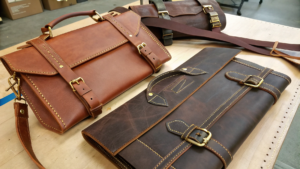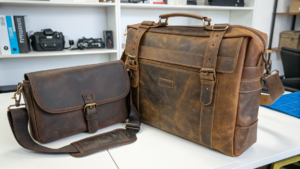Which Stainless Steel Bottle is Best for Your Drinking Experience?
Are you looking for the perfect stainless steel bottle for your daily hydration? It's more than just looks. It's about health, function, and how it fits your life.
The best stainless steel bottle to drink from is one made from high-quality 18/8 food-grade stainless steel, featuring effective vacuum insulation, and designed with user-friendly ergonomics, ensuring health safety, optimal temperature retention, and comfortable daily use.
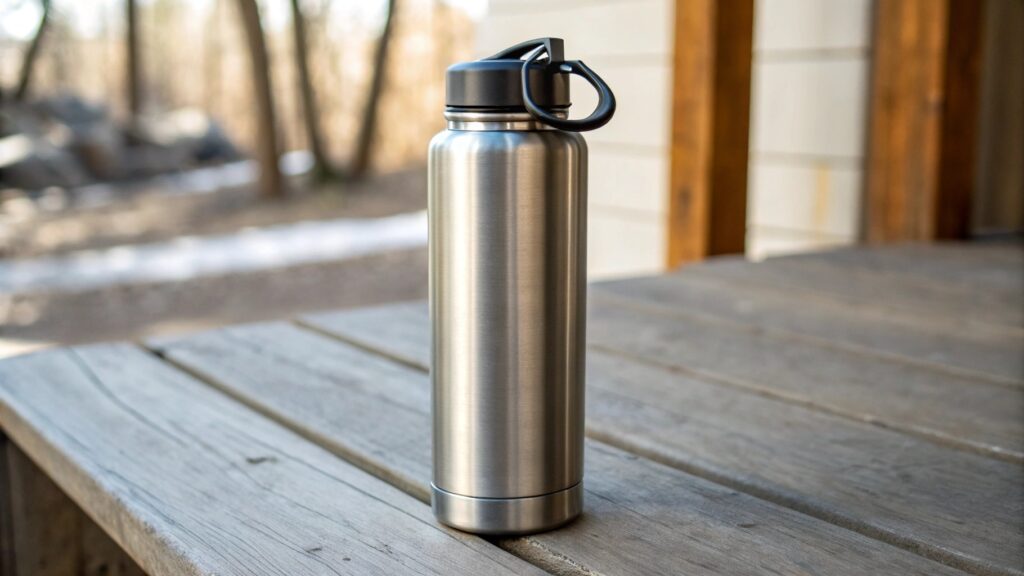
I've explored many bottles. The truth is, the best one balances material quality, insulation, and design. It's not about the highest price.
What type of stainless steel is best for drinking?
Are you curious about the specific type of stainless steel that is safest and best for your drinking bottle? Not all stainless steel is created equal.
For drinking, the best type of stainless steel for water bottles is 18/8 food-grade stainless steel, also known as Type 304. This grade ensures excellent corrosion resistance, durability, and most importantly, it does not leach harmful chemicals or metallic tastes into your beverages.
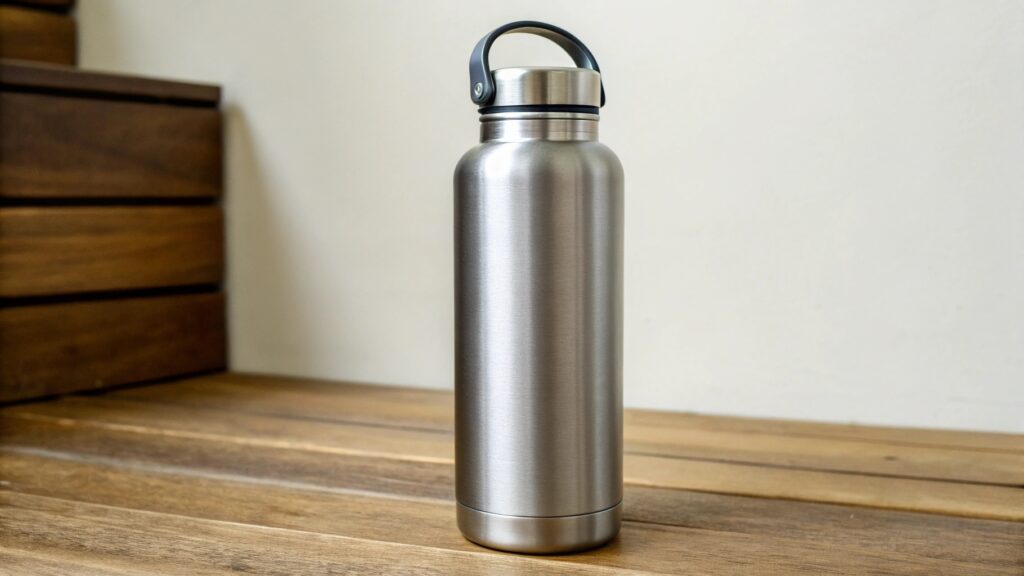
Why is 18/8 food-grade stainless steel superior?
18/8 food-grade stainless steel is superior because of its composition. The "18" refers to 18% chromium, and the "8" refers to 8% nickel. This specific ratio provides excellent corrosion resistance1. It prevents rust and staining. It also makes the steel non-reactive. This means it won't leach chemicals or metallic tastes into your drinks, even with acidic liquids like lemon water or tea. Some cheaper brands might use lower grades of steel or mixed alloys. These can degrade over time. They might leave a metallic aftertaste. They can even develop rust spots. Choosing 18/8 ensures a clean, safe, and pleasant drinking experience every time. I always recommend looking for this specific marking on bottles. It's a guarantee of quality and safety.
| Stainless Steel Grade | Composition (Cr/Ni) | Key Characteristics | Suitability for Drinking Bottles |
|---|---|---|---|
| 18/8 (Type 304) | 18% Chromium, 8% Nickel | Excellent corrosion resistance, non-leaching, durable | Best choice for drinking bottles |
| 18/0 (Type 430) | 18% Chromium, 0% Nickel | Less corrosion resistant, magnetic | Avoid for drinking bottles, often in utensils |
| 18/10 (Type 316) | 18% Chromium, 10% Nickel | Superior corrosion resistance, often medical grade | Excellent, but often overkill and more expensive for bottles |
Can inferior steel affect taste or health?
Yes, inferior steel can definitely affect the taste of your water and potentially your health. If a bottle is made from a lower grade of stainless steel (like 18/0 or an unknown alloy), it might be more prone to corrosion. This corrosion can lead to a metallic taste in your water. It can also cause tiny amounts of metal to leach into your drink over time. While the health impacts of minor leaching are often debated, avoiding it entirely is the safest approach. The consistent metallic aftertaste can also make you less likely to use the bottle, defeating its purpose. I have experienced that metallic taste myself. It's unpleasant. Sticking to 18/8 food-grade steel avoids these issues entirely.
How does corrosion resistance benefit a water bottle?
Corrosion resistance is a major benefit for a stainless steel water bottle2. High-quality stainless steel resists rust and staining, even when exposed to water, various beverages, and cleaning agents. This means your bottle will look good and perform well for a longer time. It also prevents the growth of bacteria in tiny rust pits. A bottle with good corrosion resistance is easier to clean and maintain. It ensures hygiene. It keeps your water fresh. I find that a bottle that maintains its integrity over time is more trustworthy. It means I can use it daily without worry.
How long can I use a stainless steel water bottle?
Are you wondering about the lifespan of a stainless steel water bottle? With proper care, they can last a very long time.
You can typically use a high-quality stainless steel water bottle for many years, often a decade or more, given proper care, regular cleaning, and avoidance of significant physical damage that could compromise its insulation or seals.
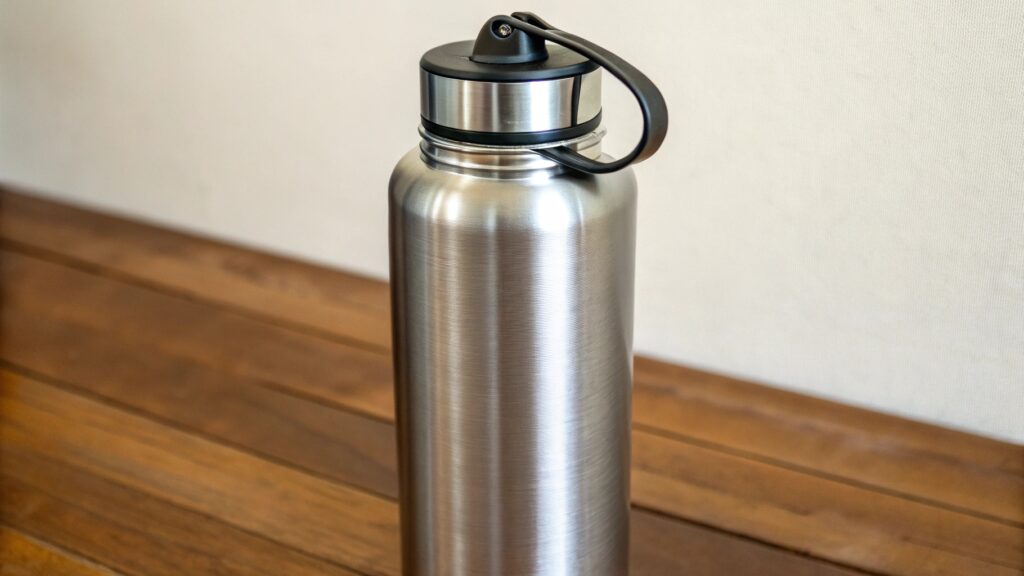
Why does quality impact longevity?
The quality of a stainless steel water bottle directly impacts its longevity. A well-made bottle uses durable 18/8 food-grade stainless steel3. It also has a robust vacuum seal. Cheaply made bottles might use thinner steel that dents easily. Their vacuum seals might fail faster. This means they will lose their insulation properties. The lids and seals might also be made of lower-quality plastic or silicone. These can degrade over time. Investing in a reputable brand usually means a bottle built to last. My personal favorite is a slightly dented stainless steel bottle that has hiked over 500 miles. It's not perfect. But it's mine. It proves that quality lasts.
| Factor Affecting Longevity | Impact on Bottle's Lifespan | How to Maximize Longevity |
|---|---|---|
| Material Quality | Poor steel rusts, thin steel dents easily. | Choose 18/8 food-grade stainless steel. |
| Insulation Integrity | Compromised vacuum seal leads to lost temperature retention. | Avoid dropping, test insulation periodically. |
| Lid/Seal Quality | Leaks, breaks, or molds if made of poor material. | Clean thoroughly, replace worn seals, inspect regularly. |
| Cleaning Habits | Improper cleaning leads to odors, bacteria, degradation. | Hand wash with mild soap, use bottle brush. |
| Physical Damage | Dents, cracks, compromised structure. | Avoid drops, use protective sleeves. |
| Usage Frequency | More frequent use equals more wear and tear. | (N/A - intended for regular use!) |
How does insulation technology affect durability?
Insulation technology, specifically vacuum insulation, is a major factor in a bottle's long-term durability. Bottles like Hydro Flask or LARQ use double-walled vacuum insulation. This means there's a vacuum between two layers of stainless steel. This vacuum prevents heat transfer. If the bottle is dropped hard, the vacuum seal can be compromised. If this happens, the bottle will lose its ability to maintain temperature. The outside might feel hot or cold when it shouldn't. This doesn't mean the bottle is unsafe. But it means it won't keep drinks hot or cold for hours anymore. A good test: fill your bottle with boiling water. Close it. If the exterior warms up significantly, the insulation is compromised. This shows how crucial the vacuum seal is to long-term performance.
Can replacement parts extend a bottle's life?
Yes, replacement parts can significantly extend a stainless steel water bottle's life. The most common parts to wear out are the lids, gaskets, and straw components. Many reputable brands offer replacement lids or silicone gaskets. This allows you to replace a worn or damaged part without having to buy a whole new bottle. This is both economical and environmentally friendly. I always check if a brand offers replacement parts before buying. It shows their commitment to product longevity and sustainability. This modularity not only saves money but also reduces waste, aligning with a more sustainable approach to consumption.
How do I know if my stainless steel water bottle is safe?
Are you concerned about the safety of your stainless steel water bottle? There are clear indicators to check for.
To know if your stainless steel water bottle is safe, verify it's made from 18/8 food-grade stainless steel, ensure there are no signs of rust or unusual metallic tastes, confirm the insulation is intact, and check that all plastic components are BPA-free.
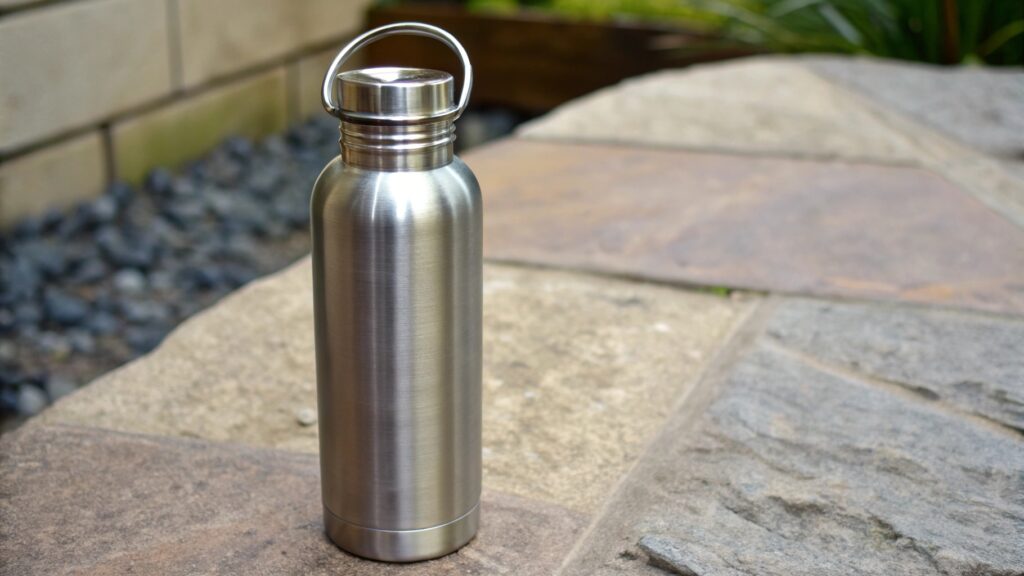
Why is the material grade critical for safety?
The material grade is critical for safety. As discussed, 18/8 food-grade stainless steel (Type 304) is the standard for safety in food and beverage containers. It's non-toxic. It doesn't leach harmful chemicals like lead or phthalates. It doesn't react with acidic drinks. Lower grades of stainless steel might contain other metals or be more susceptible to corrosion, which could introduce unwanted substances into your water. Always look for the "18/8" or "304" mark, often found on the bottom of the bottle or its packaging. If you can't find this information, it's safer to choose a bottle from a reputable brand that clearly states its material composition. I prioritize this check above all else for health safety.
| Safety Indicator | What to Look For | Why It Matters for Safety |
|---|---|---|
| 18/8 Food-Grade Steel | Stamped "18/8" or "304" on bottom/packaging | Non-toxic, corrosion-resistant, no leaching. |
| No Rust/Metallic Taste | Absence of reddish-brown spots, no odd flavor | Indicates material degradation, potential leaching. |
| Intact Insulation | Exterior doesn't change temperature with hot/cold contents | Shows vacuum seal is fine, no internal structural issue. |
| BPA-Free Components | Lids/parts marked "BPA-Free" or made of safe plastics | Avoids hormone-disrupting chemicals. |
| Cleanliness/Odor | No persistent smells or residue after washing | Prevents bacterial growth, ensures freshness. |
How do rust and metallic taste indicate issues?
Rust and a metallic taste are clear indicators of issues. If you see reddish-brown spots inside your stainless steel bottle, it means the protective chromium layer has been compromised. This can happen with inferior steel or damage. Rust isn't just unsightly; it can be a breeding ground for bacteria. A persistent metallic taste also suggests that the steel is reacting with your water. This means small amounts of metal might be leaching into your drink. Both of these signs indicate that the bottle's integrity is compromised. It's best to replace a bottle showing these symptoms to ensure continued safety and taste. I treat these as immediate red flags.
Why are BPA-free components important?
BPA-free components are important for safety, even if the bottle itself is stainless steel. Many lids, straws, and other plastic parts of water bottles are made from plastic. Bisphenol A (BPA) is a chemical that was commonly used in some plastics. Research has linked BPA exposure to potential health concerns, including hormone disruption. Choosing bottles with lids and other plastic parts explicitly labeled "BPA-free" ensures you avoid this chemical. Many safe plastics, like polypropylene (PP) or Tritan, are used instead. I always check that all parts that come into contact with my drink are certified safe. It adds an extra layer of health assurance.
Conclusion
The best stainless steel bottle is a thoughtful choice. It balances material, insulation, and design. Choose one that supports your health, fits your lifestyle, and becomes a reliable companion for years to come.
-
Learn about the importance of corrosion resistance in water bottles to ensure hygiene and longevity. ↩
-
Discover tips on how to care for your stainless steel water bottle to maximize its lifespan and performance. ↩
-
Explore this link to understand the benefits of 18/8 food-grade stainless steel for safe drinking and its unique properties. ↩



